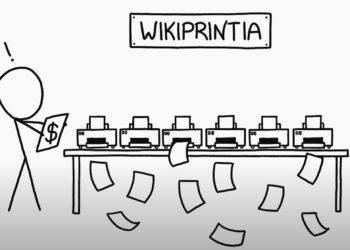There are many signs that email is threatened as the primary mode of communication between individuals. From record levels of spam (96.4% of all email is spam, some claim) to its incompatibility with cell phones, email is threatened with being tossed aside in favor of text messaging.
Want more evidence?
- A nationwide text-messaging system was just approved for emergency messages. This is a major jolt of reality — it is both practical and forward-thinking.
- Business people are increasingly seeing text-messaging used in professional circles instead of email. I have personally witnessed this shift, and there are professional contacts I can only get in touch with via text messaging — they just don’t check their email anymore.
- People are beginning to think about an Elements of Style for text-messaging. This is a sign of social relevance and a maturing communication technology.
- Twitter is a major service enabled by text messaging. From journalists announcing they’ve been laid off to famous instances of on-site Twittering, Twitter is becoming a Web-enabled and archived version of communication. It creates community. It is a phenomenon known as micro-blogging.
What does this mean for STM publishers? It opens opportunities, I believe. We are participants in niche communities, and text-messaging and micro-blogging are perfect community systems. Twitter has shown this.
Niche “Twitters” are emerging. I’m an avid cyclist, and there is a Twitter for cyclists.
Competitors (Pownce, Jaiku) are emerging, with Pownce notably adding file-sharing.
What does this do for researchers? Peer-reviewers? Members of our societies? Readers? Are they communicating through services tailored for them on these devices? Why not? Is it time for an “STM Twitter”?


